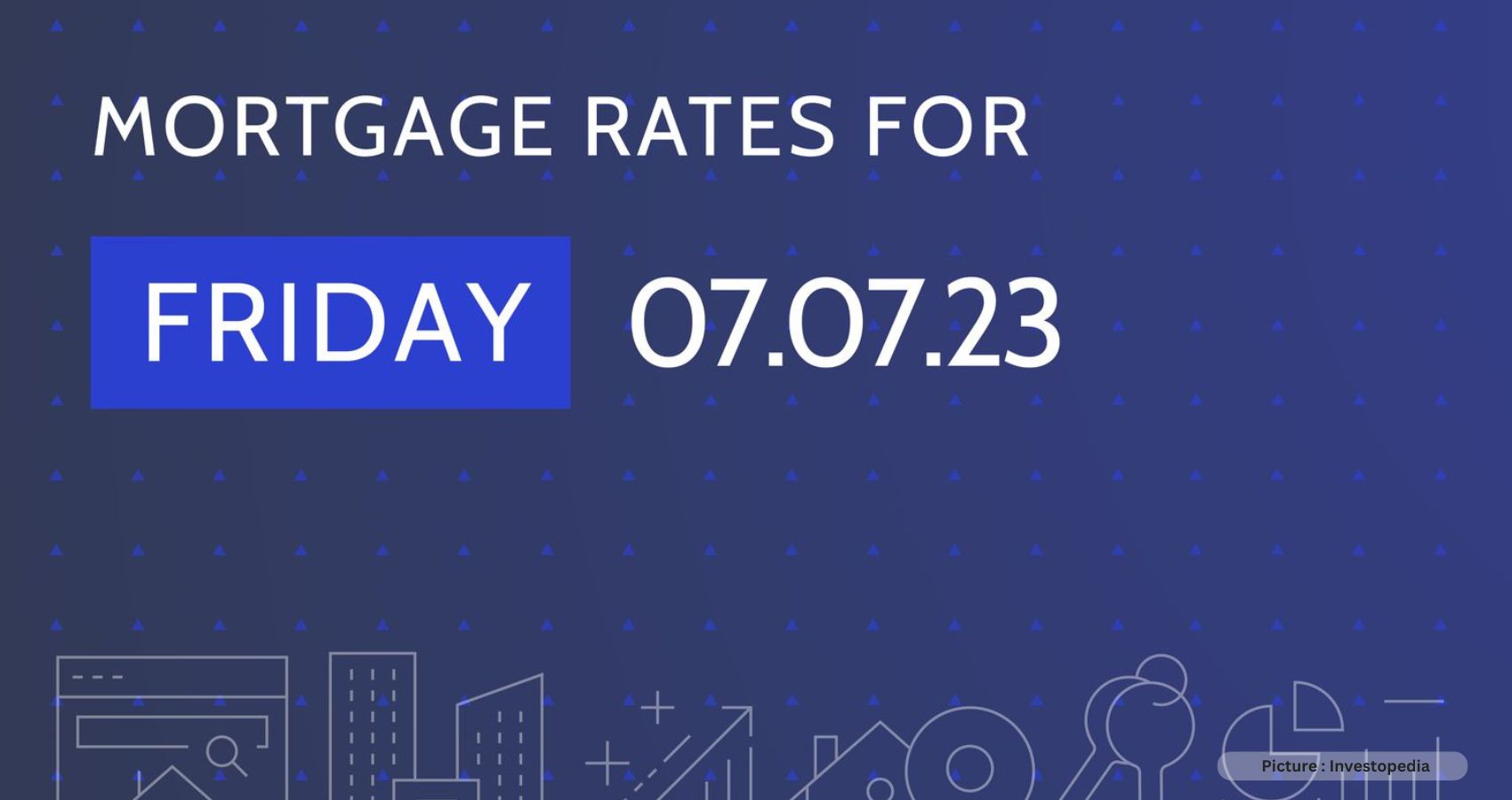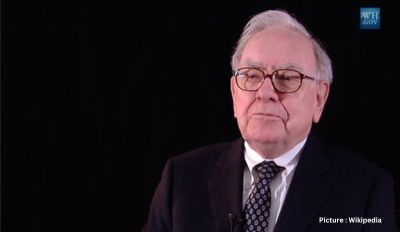In another setback for aspiring homebuyers grappling with an increasingly unaffordable housing market, home loan borrowing costs have once again surged this week, propelling the average long-term U.S. mortgage rate to its highest point in nearly 23 years.
According to Freddie Mac, the average rate on the benchmark 30-year home loan has risen to 7.31%, up from 7.19% just last week. For comparison, a year ago, this rate averaged 6.70%.
For those looking at 15-year fixed-rate mortgages, which are favored by homeowners seeking to refinance, the news isn’t any better. The average rate for these mortgages has climbed to 6.72% from 6.54% last week, and a year ago, it was at 5.96%.
Freddie Mac’s Chief Economist, Sam Khater, commented on this trend, saying, “The 30-year fixed-rate mortgage has hit the highest level since the year 2000. However, unlike the turn of the millennium, house prices today are rising alongside mortgage rates, primarily due to low inventory. These headwinds are causing both buyers and sellers to hold out for better circumstances.”

These rising rates are adding significant financial pressure on borrowers, increasing their monthly costs and further limiting their ability to afford homes in a market that’s already unattainable for many Americans. Additionally, these elevated rates are discouraging homeowners who locked in historically low rates two years ago from selling. To put things in perspective, the average rate on a 30-year mortgage has now more than doubled since two years ago when it stood at just 3.01%.
The combination of soaring rates and limited home inventory is exacerbating the affordability crisis, keeping home prices at near all-time highs. This is occurring even as sales of previously owned homes in the U.S. have dropped by 21% during the first eight months of this year compared to the same period in 2022.
This marks the third consecutive week of rising mortgage rates. The weekly average rate on a 30-year mortgage has been above 7% since mid-August and has now reached levels not seen since mid-December 2000, when it averaged 7.42%.
The surge in mortgage rates is closely tied to the increase in the 10-year Treasury yield, which serves as a reference point for lenders when determining loan pricing. Over the past few weeks, the yield on the 10-year Treasury has risen significantly, driven by concerns that the Federal Reserve will maintain higher short-term interest rates for an extended period to combat inflation.
The Federal Reserve has already elevated its main interest rate to levels not seen since 2001 in an effort to tame surging inflation. In addition, it recently indicated that any future rate cuts may be less substantial than previously anticipated.
The prospect of higher interest rates in the long term has led to Treasury yields reaching levels not seen in more than a decade. The yield on the 10-year Treasury, for example, was at 4.61% during midday trading on Wednesday. In contrast, it stood at around 3.50% in May and was a mere 0.50% during the early stages of the pandemic.
It’s important to note that while mortgage rates don’t directly mirror the Federal Reserve’s rate increases, they are strongly influenced by the yield on the 10-year Treasury note. Factors such as investor expectations regarding future inflation, global demand for U.S. Treasuries, and the Federal Reserve’s actions on interest rates all play a role in determining rates for home loans.











